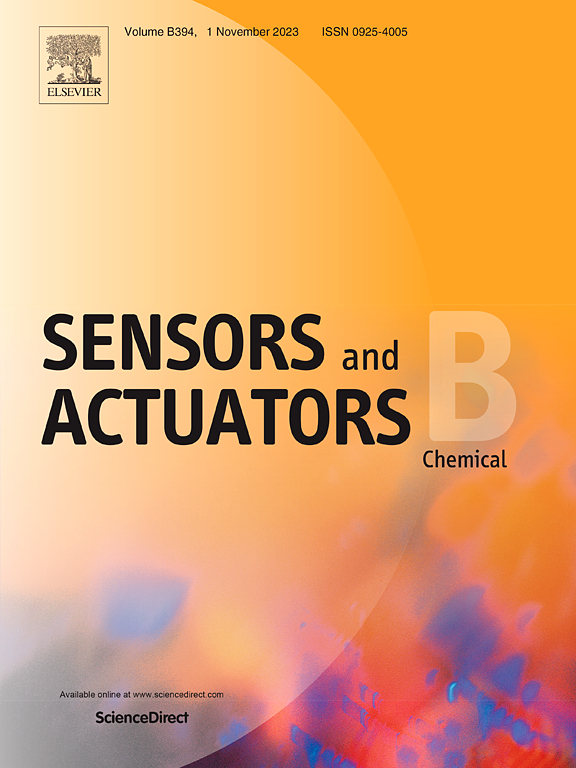Double torsional strategy to design butterfly-shaped photoacoustic probes for dynamic monitoring of tumor glycolysis
IF 8
1区 化学
Q1 CHEMISTRY, ANALYTICAL
引用次数: 0
Abstract
Photoacoustic (PA) imaging has been widely used in disease diagnosis as a newly emerging and promising imaging technique. Many PA agents are derived from the existing fluorophores, which do not possess ideal PA characteristics, yet the design of high-performance PA agents remains a challenging goal. Herein, for the first time, we propose a double torsional strategy to design a series of butterfly-shaped dyes (namely PA-dyes) that exhibit superior PA properties. These butterfly-shaped dyes with double torsional units exhibited amplified PA signal (PA-H, a 2.4-fold increase) compared to conventional hemicyanine dyes and extremely low NIR-II quantum yield, and the photothermal conversion efficiency (PCE) of PA-dyes can reach up to 88.4 % (PA- OMe). Based on these newly-developed dyes, we have designed and synthesized the first PA probe PA-OMe-pH for dynamic monitoring of tumor glycolysis. PA-OMe-pH showed remarkable ability to pinpoint breast tumors with a 9.7-fold increase in PA signal. Moreover, the probe can also track the effects of 2-deoxy-D-glucose and tamoxifen on tumor glycolysis level though PA imaging, making it a valuable tool for non-invasive monitoring of tumor metabolic regulation. Overall, this study highlights a new design guideline of double torsional strategy amplifying PA effect.

双扭转策略设计蝴蝶形光声探针用于动态监测肿瘤糖酵解
光声成像作为一种新兴的成像技术,在疾病诊断中得到了广泛的应用。许多PA剂来源于现有的荧光团,这些荧光团不具有理想的PA特性,但高性能PA剂的设计仍然是一个具有挑战性的目标。在此,我们首次提出了一种双扭转策略来设计一系列具有优异PA性能的蝴蝶形染料(即PA-染料)。具有双扭转单元的蝴蝶形染料具有较传统半花青碱染料放大的PA- h信号和极低的NIR-II量子产率,光热转换效率(PCE)可达88.4% (PA- OMe)。基于这些新开发的染料,我们设计并合成了第一个用于肿瘤糖酵解动态监测的PA探针PA- ome - ph。PA- ome - ph对乳腺肿瘤的定位能力显著提高,PA信号增加9.7倍。此外,该探针还可以通过PA成像跟踪2-脱氧-d -葡萄糖和他莫昔芬对肿瘤糖酵解水平的影响,使其成为无创监测肿瘤代谢调节的重要工具。总体而言,本研究提出了一种新的双扭转策略设计准则,可以放大PA效应。
本文章由计算机程序翻译,如有差异,请以英文原文为准。
求助全文
约1分钟内获得全文
求助全文
来源期刊

Sensors and Actuators B: Chemical
工程技术-电化学
CiteScore
14.60
自引率
11.90%
发文量
1776
审稿时长
3.2 months
期刊介绍:
Sensors & Actuators, B: Chemical is an international journal focused on the research and development of chemical transducers. It covers chemical sensors and biosensors, chemical actuators, and analytical microsystems. The journal is interdisciplinary, aiming to publish original works showcasing substantial advancements beyond the current state of the art in these fields, with practical applicability to solving meaningful analytical problems. Review articles are accepted by invitation from an Editor of the journal.
 求助内容:
求助内容: 应助结果提醒方式:
应助结果提醒方式:


